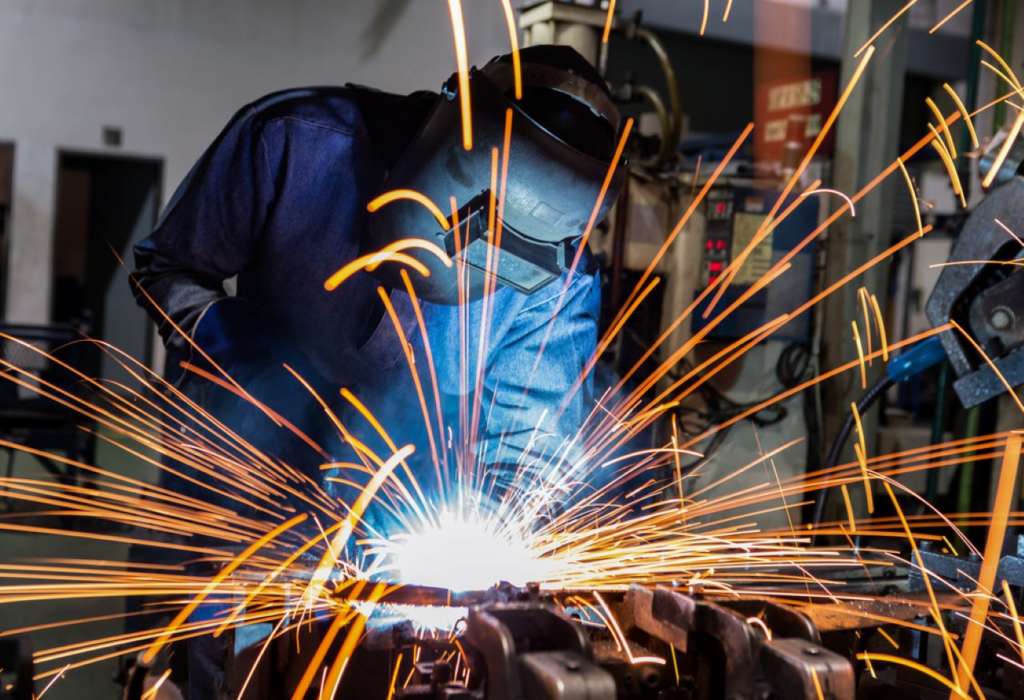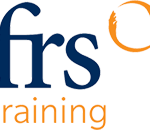Considering a Welding Course?
If you would like to learn the craft of welding, a welding course may be perfect for you. A welding course will provide you with the necessary knowledge and skills to find jobs in welding. It introduces different welding techniques that are used in the industry and students will be given the opportunity to develop their knowledge and learn the basics of welding. Welding is a vital component of many industries such as the construction, automotive and aviation industry. Without this kind of metal work, so many things, including gates, buildings and fences, vehicles and even space travel, would not exist. The good news is there are tons of welding courses currently available.
What is Welding?
Welding is a fabrication process where two or more parts are fused together using pressure, heat or both, creating a join as the parts cool. Welding is generally used on thermoplastics and metals but can also be used on wood. The completed welded joint may be referred to as a weldment. Some materials require the use of specific techniques and processes. A number are considered to be ‘unweldable’, a term not generally found in dictionaries but descriptive and useful in engineering. The parts that are joined are referred to as parent material.
The material added to help create the join is called consumable or filler. The form of these materials may see them referred to as pipe or parent plate, consumable electrode, filler wire etc. Consumables are generally chosen to be similar in composition to the parent material, therefore, creating a homogenous weld, but there are occasions, such as when welding brittle cast irons, when a filler with a very different composition and therefore, properties are used. These welds are called heterogeneous. The completed welded joint is often called weldment.
A Brief History of Welding
As you may imagine, welding has been around for quite a while. In fact, we can presume that welding existed in some form as far back as the Iron Age and the Bronze Age. There is evidence that the Egyptians learned to weld iron together and small gold boxes with lap joints pressure welded from over 2000 years ago have been discovered. However, the kind of welding prevalent then and discovered in the Middle Ages was a very rudimentary kind of welding that generally involved simply hammering two pieces of metal together under health until they join. Conventional welding as we know it did not occur until the 19th century.
What Will I Learn?
The course will teach you how to read basic technical drawings, how to mount abrasive wheels and about machine tools used in welding. Students will learn about manual metal arc welding, M.I.G welding, T.I.G welding and Oxy-Acetylene Cutting. Safe pass will also be covered. Candidates will develop specific hands-on welding techniques and produce a variety of welded joints. You will also learn communications skills and professional practices for welding.
Career Opportunities
Graduates from welding courses can obtain job positions in mechanical engineering, construction engineering, metal fabrication and manufacturing companies. You can also work in production welding, teaching welding, repair and fabrication and industrial sales.
Career Progression
If you completed your welding course and found you really enjoyed it, there is always room to progress and enhance your learning. You could consider doing a higher-level welding course or courses in relevant fields such as construction, DIY and much more. Doing additional courses would greatly enhance your CV and improve your job prospects.
If you’re serious about doing a welding course, check out courses near you in the Nightcourses.co.uk national course finder.







